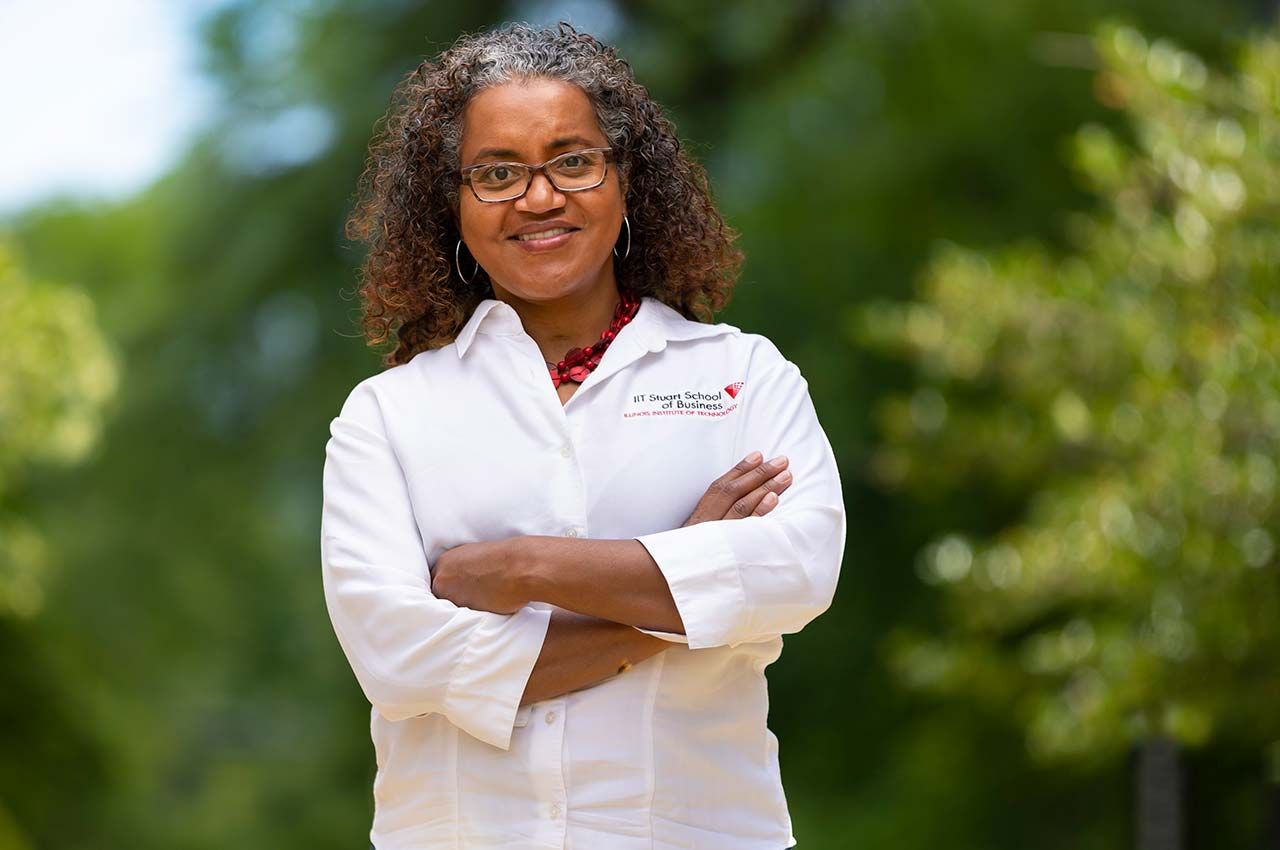Is Your Business Sustainable? Researchers Develop a New Way to Find the Answer

When the owners of a bakery in Chicago were looking for a source of energy to fire their ovens that would be environmentally sustainable and economically viable, two of the three options they were considering would use waste materials from nearby businesses as fuel. Illinois Institute of Technology Associate Professor Weslynne Ashton and two research colleagues conducted a life cycle sustainability assessment (LCSA) comparing the sustainability outcomes of the three potential fuel sources to provide the bakery owners with information about the options.
The research team took a novel approach to the project, developing an LCSA methodology that quantifies the contribution of a broader range of resources than has been used before. The Journal of Industrial Ecology has published the team’s paper, “Capital-based Life Cycle Sustainability Assessment: Evaluation of Potential Industrial Symbiosis Synergies,” which lays out their methods and results.
“In my field of industrial ecology, we focus on measuring the stock and flow of materials needed for a product or process to evaluate its sustainability performance,” says Ashton, who is a sustainable systems scientist with joint appointments at Illinois Tech’s Stuart School of Business and Institute of Design (ID). “We often focus on materials, energy, money, and, to a lesser extent, the social benefits, such as job creation.”
For the bakery LCSA, Ashton and co-researchers Shauhrat S. Chopra and Karpagam Subramanian, both from the City University of Hong Kong, developed a new methodology that focuses on maintaining, conserving, and regenerating capital—that is, resources that create value. The expanded scope of their assessment encompasses eight capitals: natural, social, financial, cultural, manufactured, political, human, and digital.
“Reusing and recycling material capital—such as metals or industrial by-products—puts it back into use, that is, regenerates the capital stock,” Ashton explains, and a similar process applies to non-material resources that societies rely on, such as cultures and political systems. “We want to show that there is the potential to regenerate and increase the stocks of all of these different types of capital. We are trying to elevate [society’s] perception of the value of non-material resources to sustainability.”
The new methodology builds on groundbreaking theoretical work on the eight capitals by Ashton and ID colleagues Charles L. Owen Professor in Design Carlos Teixeira and Andre Nogueira (Ph.D. DSGN ’19) that was published in 2019.
The current research takes the next step to explore ways of measuring the contributions of different types of capital and to build quantitative methods that can generate holistic, comprehensive sustainability assessments to inform decision-making by businesses, governmental agencies, and other entities, according to Ashton.
“Trying to quantify the contribution of these different of types of capital is a completely new perspective,” she says. “No one has attempted to say, ‘So what is the stock and flow of political capital or cultural capital in a particular setting?’ What we’ve proposed here is that using the capitals allows you to look at the stock and flow and contribution of different types of resources on more or less an equal footing.”
“The most important thing coming out of this project is demonstrating the methodology,” Ashton notes. “It’s a methodology in development and we hope that others will also take it up and test it out.”
Photo: Associate Professor Weslynne Ashton


![[From left] Javier Gomez, Michael Rybak, Akansha Burad, Max Ortolano, and Yu-Te “Kevin” Lin.](/sites/default/files/styles/width_350/public/2024-11/stuart_mipc_competition_team_2024-1280x850.jpg?itok=3c1lAdTR)

